By Arnold Blumberg
The Somme offensive, which began on July 1, 1916, had by late that month deteriorated into a series of small, costly actions. Hoping to revive the attack, the British Army launched another major offensive on September 15. Spearheading the new effort were tanks, a British secret weapon designed to crush the German barbed-wire and machine gun-laced trench system that had brutally resisted all Allied attempts to end the bloody stalemate on the Western Front. The first ever use of tanks on the battlefield so unnerved the Germans facing them that, according to a British soldier witnessing the event, “[the tanks] were frightening the Jerries out of their wits and making them scuttle like frightened rabbits.”
Despite the surprise their appearance caused to the Germans, the small number of underpowered, slow steel behemoths failed to gain a decisive victory for the Allies. The battle petered out by mid-November, and the front returned to its prior stagnant condition. Although the first British use of tanks proved to be premature, its employment by the Allies would no doubt continue. Realizing this, the Germans looked for ways to combat the unnerving new threat.
Adapting to Armored Warfare
Exaggerated stories of the Germans being dumbstruck and running for their lives in their first encounter with the new British “land cruisers” belied the fact that the German Army moved quickly and effectively to develop antitank techniques. They were aided by the moonscape terrain of the Western Front, the mechanical unreliability of the first tanks, and some bizarre attempts to make the new weapon more effective. For example, the early French practice of installing extra fuel tanks on top of their armored fighting vehicles in order to extend their range guaranteed the prompt incineration of both tanks and crews by accurate enemy fire.
After the debut of the tank on the modern battlefield, German infantrymen took on tanks like any other targets: aiming for openings in the armor, throwing hand grenades and using direct fire from field guns over open sights. Within a week of the first appearance of the tanks, German planners had gained from captured tank crews and documents a good appreciation of the new weapon and its abilities and limitations.
The Baled Charge
One of the first and most effective antitank measures sprang from the natural tendency of men in combat to shoot at the enemy with everything they had. Tanks drew fire from everywhere, sufficiently intense to strip away any friendly infantry support in the vicinity. The tank by itself was also vulnerable, and the initial German tactic was to throw everything they had at the steel monsters. To eliminate, or least dampen down “tank fright,” German infantry were drilled in assaulting knocked-out armored vehicles to learn the tank’s weaknesses and instill confidence in the attacking foot soldiers. An early frontline improvisation, the Geballte Ladung, or baled charge, was introduced. This was made by wrapping around a German “potato masher” hand grenade the heads of six other grenades to be thrown into one of the tank’s many openings. A swift improvement on the weapon took the form of a half-dozen grenades being put in a sandbag with one grenade’s fuse pulled just prior to placement on the tank.
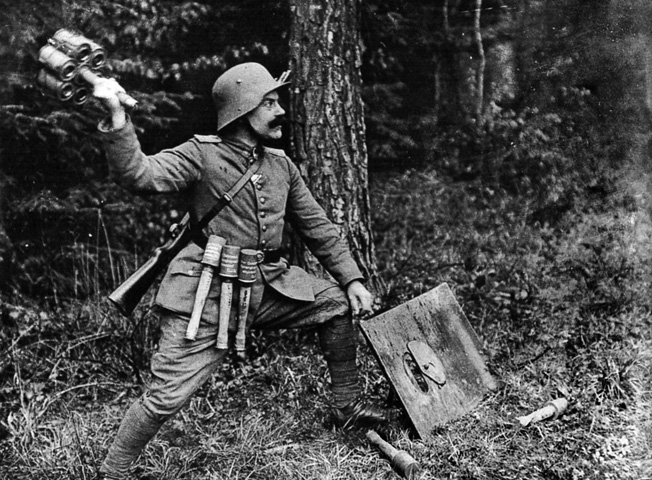
The K-Round
Taking into account the great risk to a trooper using the grenades-in-a-sack method, safer alternatives were sought. One of the more effective was the K-round. This was a bullet with a tungsten carbide core instead of the soft alloys used in normal small-arms rounds. First employed to punch holes in the metal plates protecting enemy machine-gun and sniper positions, the K-round, when fired from German machine guns, would pierce 6mm- to 12mm-thick armored protection, causing injuries to crewmen inside and stopping the proper operation of the tank. The Germans quickly learned that the best way to us the K-round-spewing machine guns as tank killers was to post them in groups of two, mutually supported by other machine-gun groups and echeloned in depth behind the front lines. Like the use of grenades, the K-round was an ad hoc measure developed by frontline troops in response to an emergency situation. At this point in the war, no comprehensive directive was forthcoming from the German Army High Command on how to deal with the tank threat.
The T Rifle
By March 1917, British tank design had progressed to a point where special steel plates fitted on tanks could defeat the armor-piercing capability of the K bullets. The Germans took up the challenge by inventing an antitank rifle known as the Tank Abwehr Gewehr. A military version of the prewar elephant gun, the Mauser-built T Rifle, as it was commonly called, was five feet, five inches long, weighed 37 pounds, and used a 13.7mm round. Effective at a range of 120 yards, it required a two-man crew to lug it and its ammunition. Its limited range, which exposed shooters to retaliatory action, as well as its neck-breaking recoil, made the weapon very inaccurate and unpopular with the troops. The men who had to operate the beast discovered that grouping four to six of the rifles just behind the first trench system was the most effective way to use the T Rifle. Experience showed that its best employment was against tanks that had broken through the front and could be stalked using natural or manmade cover.
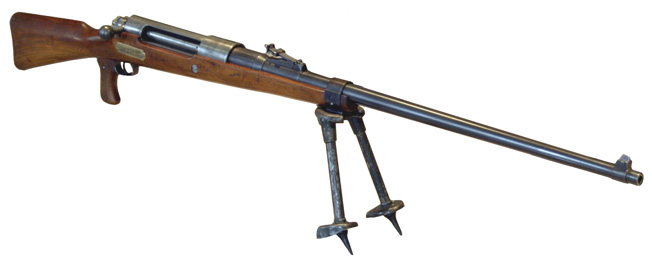
Antitank Obstacles
In tandem with fire and grenade attacks against enemy armor were early attempts by the German soldiers to create lethal physical barriers between themselves and approaching tanks. This too was an improvised program. Headquarters in the rear continued to evince a strange complacency about tanks, coming to the unwarranted conclusion that they were not a serious threat so long as the men at the front kept their wits about them. Hoping to keep more than just their wits, German soldiers quickly began to develop additional antitank defenses. The first were based on terrain modification. Wherever possible, the area fronting a position would be flooded to create swamp-like conditions to prevent tank movement. Additional measures were used to make the terrain inhospitable to tank movements, with especially deep trenches—12 feet wide and 15 feet deep—dug to prevent access.
The Allies quickly provided bridging equipment that allowed them to cross these new trench barriers. In desperation, German soldiers tried to construct wooden stockades to restrict the movement of tanks. Not surprisingly, these wooden obstacles proved rather frail barriers for even the earliest tanks. Next, tank pits (large holes topped with camouflaged lids) were designed to swallow a tank whole. This proved a failure on two counts: the effort was usually discovered by enemy reconnaissance and the obstacles were avoided, or the pits were destroyed by pre-assault artillery bombardment that might happen to fall inadvertently on the holes.
The Challenges of Direct and Indirect Fire
With the failure to slow the advance of tanks with terrain modifications such as trenches and pits, the Germans turned to direct projectile fire as their best bet to beat the tank menace. The problem with this seemingly reasonable assumption was that artillery fire came from guns in the rear of the German lines. Indirect fire at great distances on targets that were relatively small and moving—albeit only at four miles per hour—over a wide area of undulating ground wrapped in artificial smoke seriously inhibited the proper sighting of the guns.
The Antitank Mine
The Germans turned to another tank-stopping method—mines. Within weeks of the first appearance of British tanks on the Somme, antitank mines were being designed and used. The first antitank mines used by the Germans was merely artillery or mortar shells whose nose fuse was replaced with a cartridge case, covered by wooden planks, with nails driven through them to create pressure points which would detonate the shell as the vehicle passed over. The concept was refined to include a pivot board that released a pin from a spring-loaded striker to set off the shell when a tank passed over it. One improvement was the 12-pound Flachmine 17, a tarred wooden box packed with explosives and a main charge with four spring percussion detonators at the top. These detonators could be triggered by either a pressure fuse or a remote-controlled electrical current running to the mine from a power source located back in the German trench system.
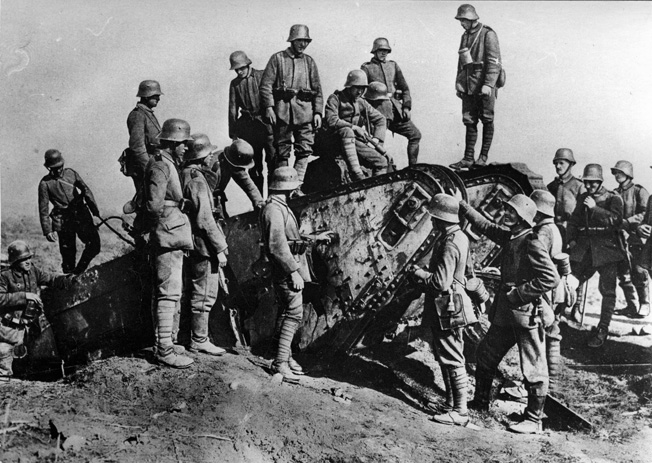
These improvised explosive devices proved too dangerous and time-consuming to be of any great practical use. As a result, very few were created. Their use was also mitigated by the attitude of German army commanders that the tank was not a serious threat. This strange mindset changed considerably after the Battle of Cambrai in November 1917. There, 200 tanks led the initial assault, rousing German commanders from their doubts as to the concrete threat from Allied tanks. Their response was to build a better antitank mine, a 13-inch wooden box filled with eight pounds of gun cotton. A spring-restrained bar was placed over the contraption, and when it was depressed by the weight of a tank, the mine fired. The power of the resulting explosion was strong enough to damage a tank’s track and put the vehicle out of the fight.
The Evolution of the Antitank Mine
Just as antitank mines were becoming more specialized, so were the men assigned to make and place them. One regular noncommissioned officer assisted by five enlisted soldiers made up a special mine-laying detail. They not only were responsible for constructing the weapon, but its placement and removal as well. Incentives used to attract volunteers for the hazardous duty included additional pay, extra rations, and liberal leaves.
The Germans at first laid their mines in predictable places: on roads leading to important defensive positions and strongpoints. As the war continued, a more methodical placement of antitank mines developed. Large numbers were buried behind barbed-wire picket fences in two rows, with two yards separating each mine from another. Whenever possible, mines were put on the enemy side of the fence, two yards in advance of the friendly line. Surprisingly, neither the Allies nor the Germans used antipersonnel mines to protect their antitank minefields during the war.
By 1918, German antitank mines had grown in size and power. They now consisted of an 18-by-14-inch square wooden box, eight inches high, that was buried 10 inches in the ground. Fourteen pounds of gun cotton filled the container. A hinged lid, when depressed, brought pressure to bear on a firing lever connected to a detonator. Their potential destructiveness was revealed in September 1918, when 10 out of 35 British Mark V tanks (on loan to the United States Army’s 301st Tank Battalion) were put out of commission when their tracks and bottoms were torn apart after running into a minefield. During the 1918 battles of Saint Mihiel, Third Aisne, the Selle River and the Meuse-Argonne, it is estimated that 15 percent of American tank losses were caused by German mines.
The Antitank Field Gun
As the war progressed, the Germans determined that the best counter to tanks was direct fire. By early 1917, the high command directed each regiment to have two field guns placed in fortified positions to its front for use as a tank deterrent. This unimaginative order was little obeyed since line commanders realized that such a static target would shortly be obliterated by enemy fire. German officers started to look around for more mobile platforms to act as antitank weapons.
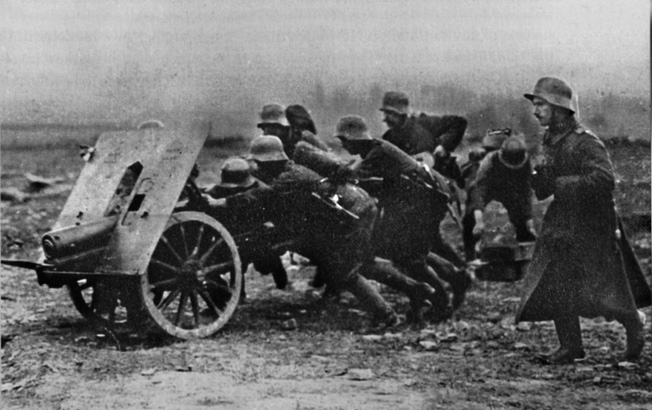
The most used artillery field gun in an anti-tank role was the 77mm FK16, which had a range of almost 10,000 yards and weighed 2,900 pounds. It used armor-piecing steel-pointed shells, and its relatively light weight allowed it to be transported on wagons or trucks. The FK16s made an impressive showing at Cambrai. Along with other light field guns such as the 75mm Austrian Mountain Gun M15, they could be manhandled by storm trooper detachments as they advanced. Another artillery weapon produced late in the war to ward off tank attacks was the 75mm Minenwerfer. A light trench mortar with a flat trajectory and excellent accuracy, it caused considerable comment among British tank crews, but its short 550-yard range made it vulnerable to enemy machine-gun fire.
A number of German antitank field guns were made during the war, including the 37mm TAK Rheinmetall, which was designed to replace the Minenwerfer. In the end, very few reached the war zone before hostilities ceased in November 1918. A low-velocity, short-barreled, rapid-firing 37mm gun was also used in an antitank role. A number of these truck-borne guns saw action at Cambrai with good effect.
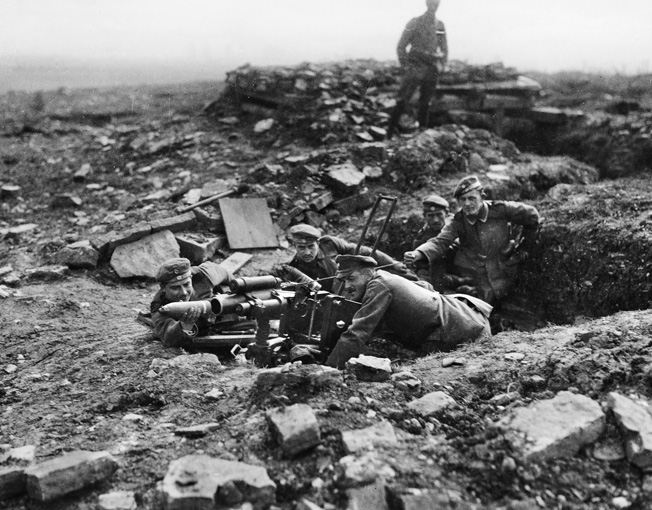
The main tactic for German artillery acting in an antitank capacity during the war was the creation of gun batteries placed between the front lines and the main artillery zone. Concealed whenever possible, the pieces were used to ambush enemy tanks that might have breached the front. As the war progressed, artillery was stationed in specially constructed antitank forts positioned at spots thought to be vulnerable to tank attack. These fortifications were built to provide mutually supporting fire.
Tank-Killing Infantry Squad Tactics
Not surprisingly, given the German Army’s faith in the spirit of the fighting man to overcome any obstacle, one of its favored tank-busting weapons remained the tank-killing infantry squad. The squad operated in areas that gave it the protection, cover, and the opportunity to safely approach its quarry. Trench systems, town streets, and woods were its preferred environment. Forgoing the use of antitank rifles, which would slow their movement and potential for a surprise attack, the tank-killing squads preferred grenades and demolition charges as their weapons
When a target was approached, light machine guns would rake the area, dispersing any enemy infantry supporting the tanks as well as blinding the crewmen with bullets directed at the tank apertures. While the supporting rifle and automatic fire took place, those carrying the explosives, known as “bombers,” would rush the vehicle and place their charges on it, usually on the tracks. After a tank was disabled, its crew might continue the fight, using the immobilized tank as a pillbox. The killer squads would then have to stick around and direct friendly artillery fire on the tank to finish it off.
Despite the determined and often ingenious countermeasures used by the German Army in World War I, tanks on the battlefield were here to stay. Twenty years later, in World War II, they would help the Allies overrun Germany and tilt the outcome of the war in a way that they had been unable to accomplish in their first war.
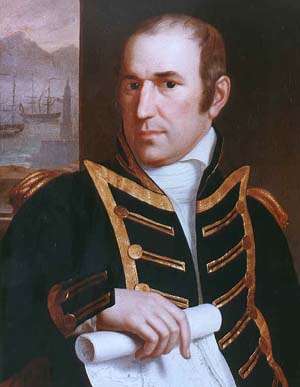

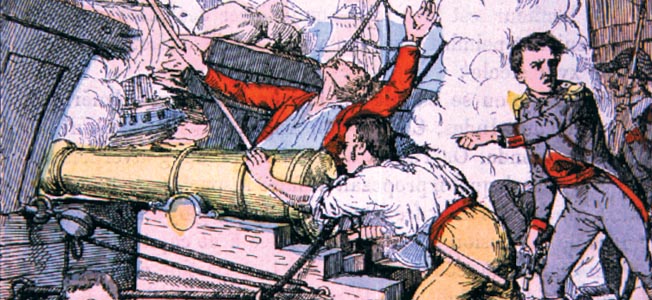
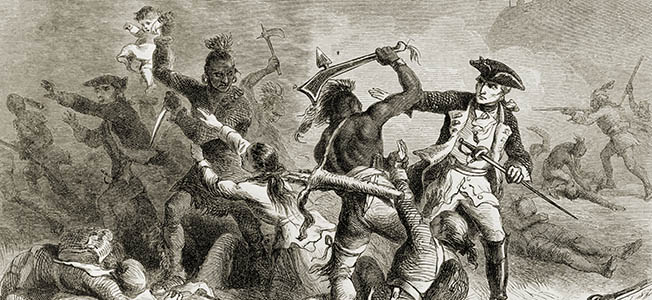

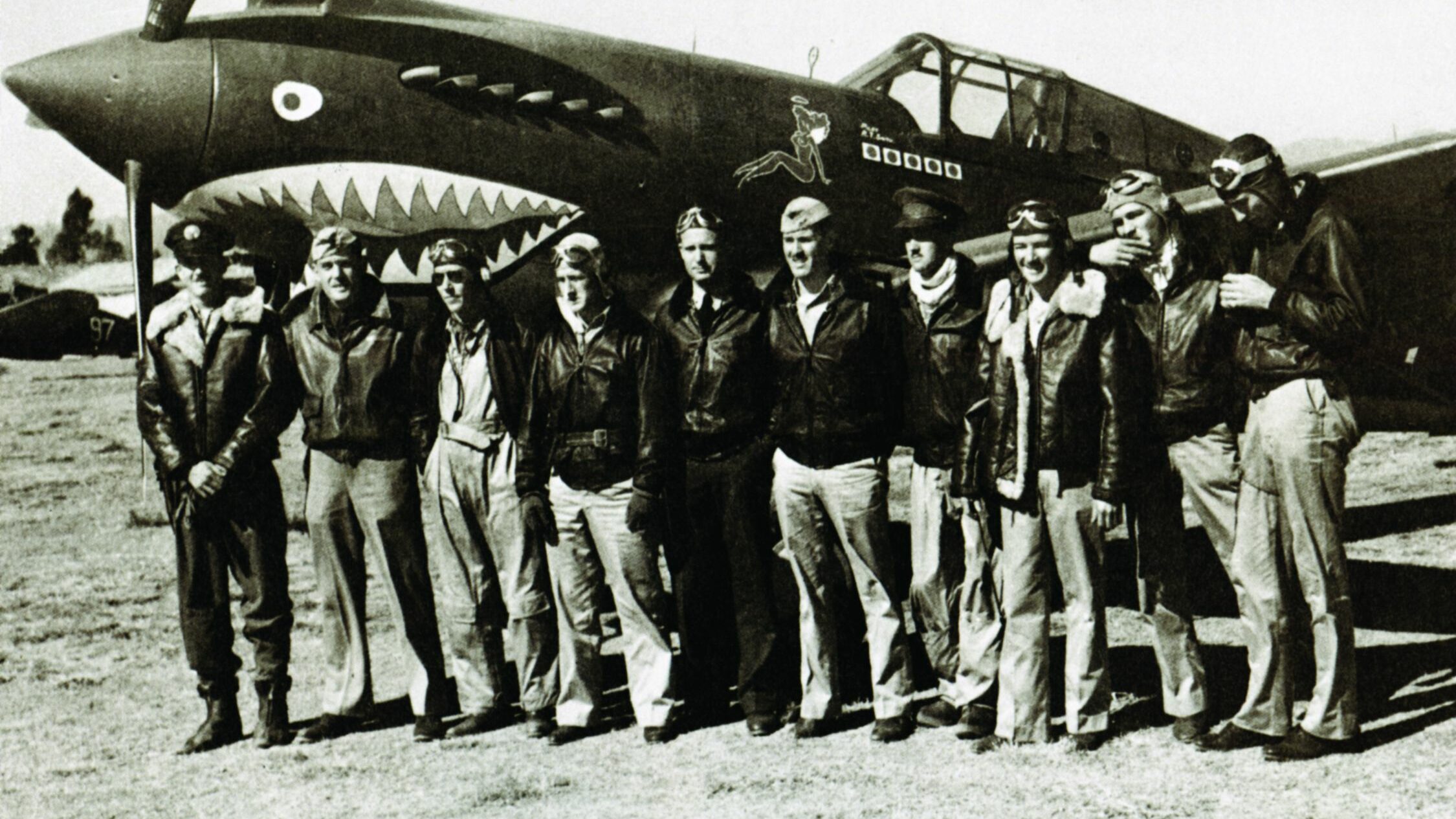
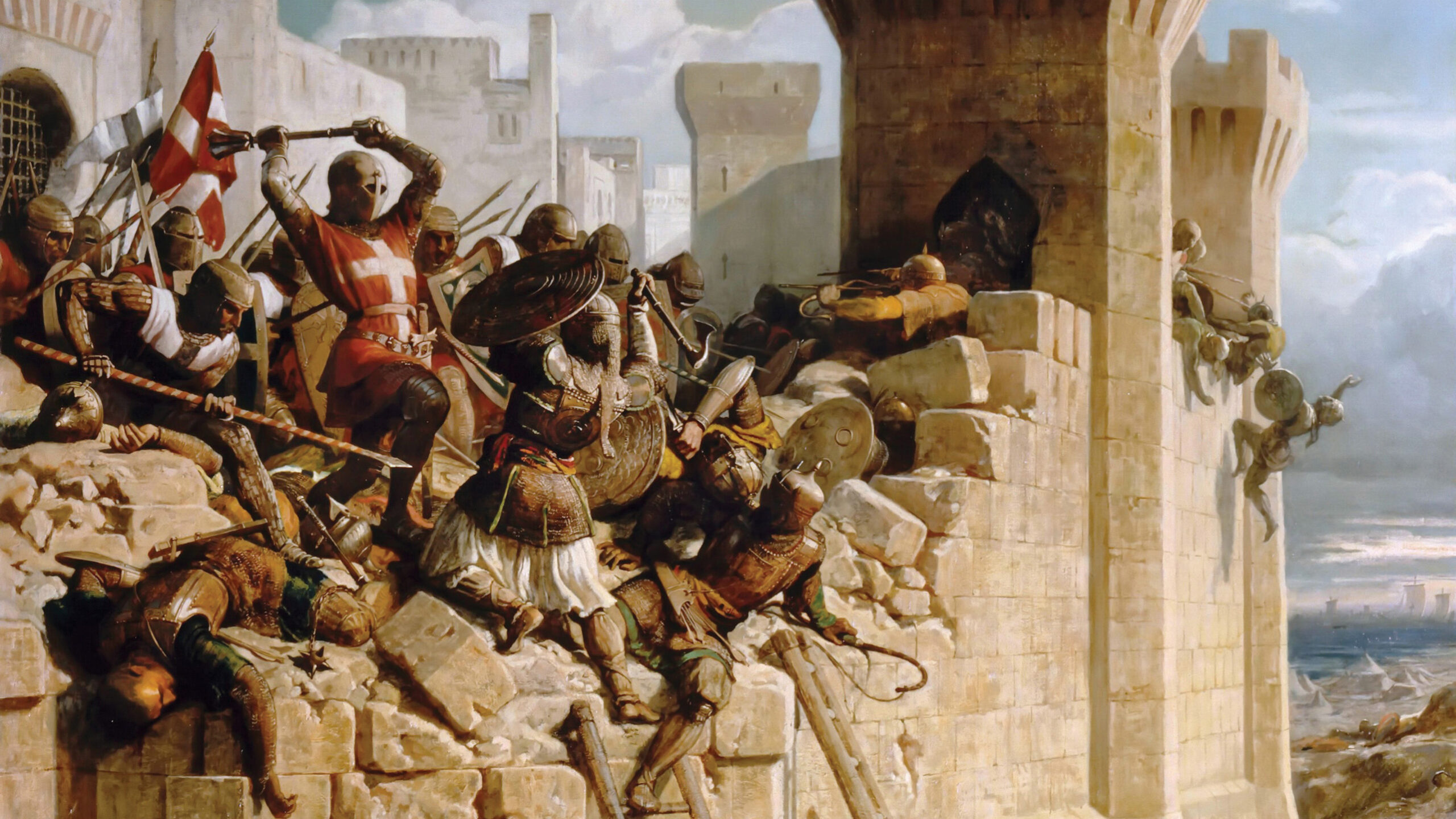
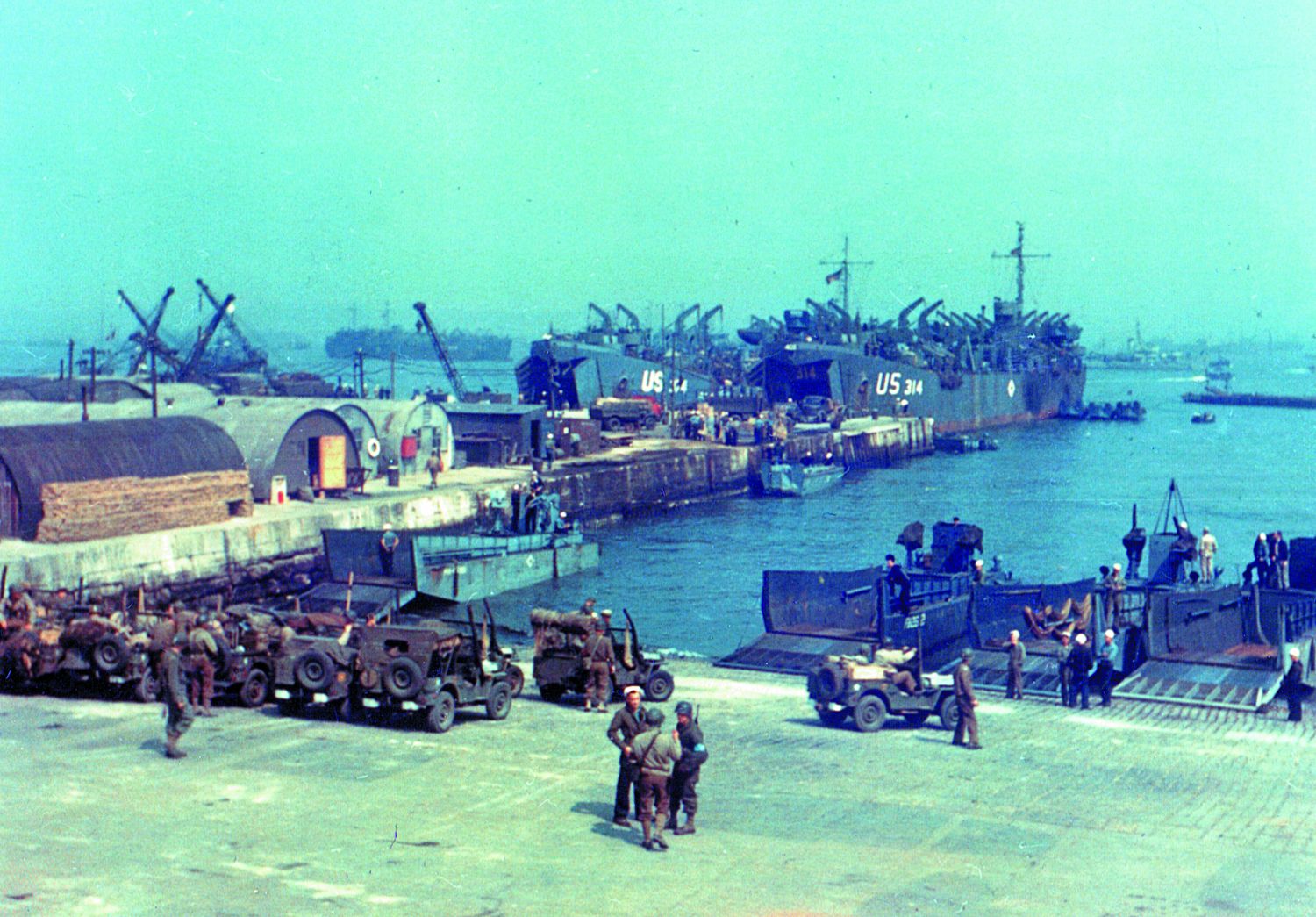
Good afternoon Sir/ Madam
My name is Phil Cooke , I’m part of an independent film production company here in UK and I would like to know, if possible, how the fire orders would be given to the crew of an anti tank gun (FK16) during engagement to knock out an advancing British tank? Our script says:
German subaltern – “Lay down fire at Sector 7, 100W – 200E. HE over 200m; burst of 6; 30 seconds apart”
Having ;looed at a number of WW1 sites it appears that the German would use ‘Sperrfeuer’ (defensive fire) at an approaching target in an attempt to neutralise the target. This, I believe, was 2 mins of rapid fire by an highly trained tank crew (at best 10+rounds per minute).
Can you possibly offer some assistance please with regards to how the order would be given to the crew if at all our script is anywhere near correct. Thank you
Yours sincerely
Phil Cooke Research & Development – Pendragon (Where Poppies Grow)
One of the German officers overrun during the first tank attacks was a young captain who was later instrumental in the development of the German tank doctrine, blitzkrieg – Heinz Guderian.